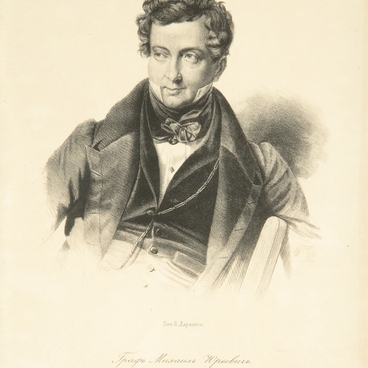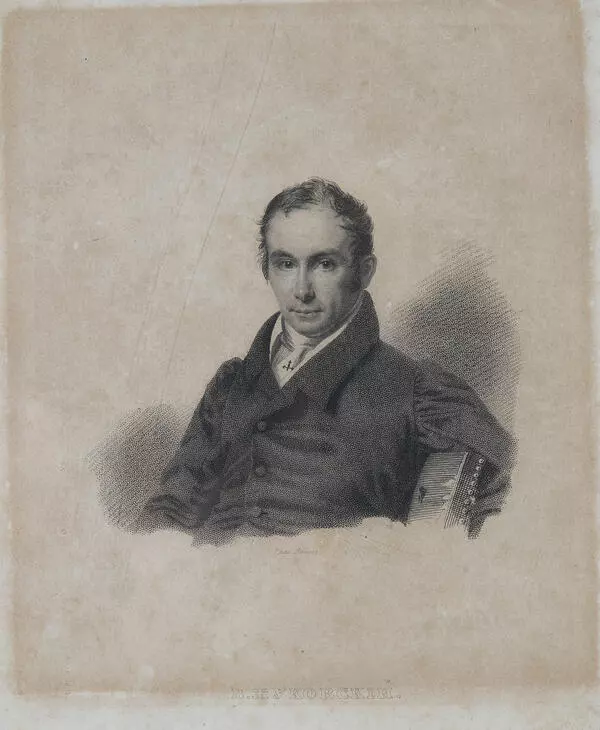The State Pushkin Museum houses a portrait of Alexander Sergeyevich Pushkin made by the English artist and engraver, Thomas Wright.
Portrait of Alexander Pushkin
A portrait of Alexander Sergeyevich Pushkin has been engraved by a member of the Imperial Academy of Arts, T. Wright, from a photograph (a posthumous plaster cast) of his face, and will be completed by the end of this month of March.
The literary historian Pyotr Alexandrovich Yefremov discusses the image in his 1882 article written for the first volume of Alexander Pushkin’s collected works,
This portrait was intended for the publication of Pushkin’s works that he was preparing and was created in the last year of his life. However, after his death, it remained unpublished, and the few prints that were made at that time are extremely rare. Through a fortunate turn of events, an original plate was found, perfectly preserved, and prints for the current edition were created from it at the Academy of Arts, without any changes to the image.
Soon, a notice appeared in the journal “Russkaya Starina” (Russian Antiquity) that Mikhail Alekseyevich Venevitinov was in possession of an album that had previously belonged to the friend of Alexander Pushkin, Matvey Yuryevich Vielgorsky. The notice stated,
From the drawn portraits included in the album, the image of Alexander Pushkin made in 1837 in sepia by Wright is particularly noteworthy. This is the last portrait of the poet made in the year he died, and it looks very similar to the original of the famous engraving created by the artist. It is likely that this portrait was meant to be an exact replica and stands out for its exceptional delicacy and subtlety.
The sepia drawing was presented by Mikhail Venevitinov at the Moscow Pushkin Exhibition of 1899 and included in the exhibition’s album. However, its subsequent whereabouts are unknown. Based on the 1899 reproduction and a comparison with the engraving, one could suggest that the sepia drawing, which accurately replicates not only the image but also the inscription, is likely a good copy of the original engraving rather than an original work.


